I know there is so much discussion about whether man-made climate change exists (It does. Science says so) and whether we as individuals can do anything to stop it (debatable and I completely get the fact that large corporations/entire continents are doing very little and isn’t it futile for one person to try and change that?) but while I wait for news of the whole world being zero carbon by 2050 I feel like I have to do something – anything. The one thing which I DO have control over, is the ability to reduce my family’s impact on our planet. I have the power – every mum, and every individual has the power to make some choices which are kinder to Earth. Because as the kids are saying, there’s no planet B. If you’re in any doubt about our problem with plastic, read this article about how we humans have made 8.3 billion tons of plastic since the 1950s and almost all of it still exists – mostly as waste.
Our efforts are a work in progress but here are some of the things I’ve done in the last few years.
1. Given up wipes.
No baby wipes, make up wipes, house cleaning wipes. God I loved them but they are single use plastics and such a bloody waste. I swapped them for flannels, soft face cloths for removing make-up, kitchen cloths, and paper kitchen roll with water (which has to go in the bin but decomposes pretty quickly). I wrote a whole blog about wipes, and my ignorance about them being a single-use plastic, which you can read here.
2. Bought clothing made from natural fibres
I’ve never been a fan of synthetic fibres for clothing, especially for kids. Natural fibres like cotton and wool are breathable, better quality and are more likely to become hand-me-downs, as opposed to finding their final resting place in the bin, two months after purchase. I have a boy and a girl and buy lots of unisex clothes so they get worn by both children. They often also get handed down to cousins or friends’ children, which I love.
3. More baking!
I’m trying to bake more biscuits, cakes, pancakes – fewer additives and less packaging. Flour, sugar and eggs all come in paper/cardboard packaging. Shame butter can’t up its game a bit though. Bung some cupcakes or a Victoria sponge in the oven while the fish fingers cook in there (it only takes 5 mins to knock up the mixture if you don’t let the kids help) I still buy chocolate and biscuits but try to choose Galaxy/chocolate in paper/card/foil and biscuits in boxes (The Range!). Tunnock’s tea cakes are also good plus two finger Kit Kats with foil/paper. On the subject of food, I’ve also been taking a packed lunch and a cup of tea in a thermal cup to work instead of buying pre-packaged stuff.
4. Got milk in milk bottles.
Yes, it is more expensive but before I was buying large plastic containers and chucking milk down the sink that the kids didn’t drink. I swapped them for glass milk bottles and am now treating milk like the precious commodity that it is. I’ve also started ordering juice in glass bottles from the same company. Same price, bottles go back. Save the foil lids for crafting. Zero waste. I was appalled to learn that those plastic cartons which I thought I was recycling, were being exported to Malaysia where they are often illegally burned and disposed of – this video is well worth a look.
5. Chosen Wooden toys
I’ve always loved wooden toys, even before I had my own children I’d buy them for other people’s children. They are durable, tactile, imaginative, and fun. Best of all, they don’t rely on flashing lights, bloody awful music and endless batteries. They feel more precious, like heirlooms of the future. Save them for the next generation, or hand them down.
6. Bought deodorant in a cardboard tube and a tin.
I have tried deodorant in a cardboard tube from Ben &Anna and deodorant in a tin from Cosy Cottage. The one from Ben & Anna is a stick deodorant, it looks and smells great, it’s vegan and made from natural ingredients. The downsides are that it is a little crumbly and it costs more. It doesn’t come in a horrible chunky plastic case which will take hundreds of years to break down. The cardboard can probably even go on the compost heap. While I love the packaging of the Ben & Anna one, I love the product in the Cosy Cottage one even more. It comes in a small screw top tin, which is reusable and recyclable, you apply it with your finger tips and it goes on so easily. It smells fab and works like a dream plus it’s all natural and ethical. Highly recommend it.
7. Skincare
I’ve chosen cleanser, toner and moisturiser in glass containers. Balm Balm and Organic Surge are good. I have other products in plastic tubes but will try where possible to choose products with packaging which is easier to recycle than plastic.
8. Teeth!
Bamboo toothbrushes are amazing. They come in a cardboard box rather than a ridiculous plastic shell on shiny card. They are smooth in the mouth and really good at cleaning. You can get them in kids’ sizes too and some companies offer a 3 monthly subscription with fresh toothbrushes for the family delivered. I also tried toothpaste tablets (dentabs) as toothpaste tubes are not recyclable but they weren’t as successful. Apparently Lush do good ones but they don’t contain fluoride.
9. Sanitary products
I’ve swapped tampons and sanitary pads for a Mooncup and period pants from Cheeky Wipes. After 5 years with no periods (pregnant/breastfeeding/pregnant/breastfeeding) I felt bad chucking pads and tampons in the bin. Ten years ago I laughed at how gross Mooncups were – like a shot glass for period blood. I was so ignorant! They are great and also help with those grungy cramps on heavy days. I’ve used one disposable pad in five months – the Mooncup and the period pants are so good! No leaks.
While we’re on the toilet, Who gives a crap? This company makes big toilet rolls which are made from recycled paper, and come wrapped in paper – not plastic – AND they give 50% of the profit to provide sanitation in developing countries. I’m giving them a try : got a free trial box when I signed up for a £48 box every four months (that’s about £3 a week). You can cancel any time.
10. Night pants for the kids
One of my big regrets is not using reusable nappies. The volume of nappies which I’ve put into landfill is immense. I looked into using them when my eldest was a baby and couldn’t cope with the laundry – he threw up for an entire year (reflux) and the amount of washing plus sleep deprivation nearly killed me. I still wish I’d done them though, even part-time. Every pull-up I avoid using by putting the kids in reusable night pants is a tiny win. If you’re thinking about switching to cloth nappies, Heather has some amazing advice here.
11. Washing powder
I buy a big cardboard box of supermarket own-brand non-bio washing powder, which lasts a couple of months. I’m also being more discerning about what NEEDS washing, to save water, power and powder. I am definitely prone to just chucking everything in the wash! You can also get dishwasher powder from Sainsbury’s but not from all supermarkets. I also do all the laundry on 30 degrees, which saves energy.
12. Hair products
I have switched to shampoo/conditioner/soap bars. Soap is easy – I’ve also picked up some very cheap liquid soap from TK Maxx which was made with coconut (not palm) oil and came in one litre glass dispensers. Shampoo and conditioner are not so easy. My hair doesn’t look or feel the same. This article has some great advice about using less product and how it takes a bit of time for your hair to get used to the change.
13. Being more diligent about recycling
I’ve always cleaned recycling and removed labels and mess etc. But separating the polythene lid (not recyclable) from the clear plastic tray (recyclable) means I’m putting more effort into making sure the waste I create gets a chance of being reused.
14. Stopped buying clingfilm
Now I just put stuff in Tupperware/old takeaway tubs instead.
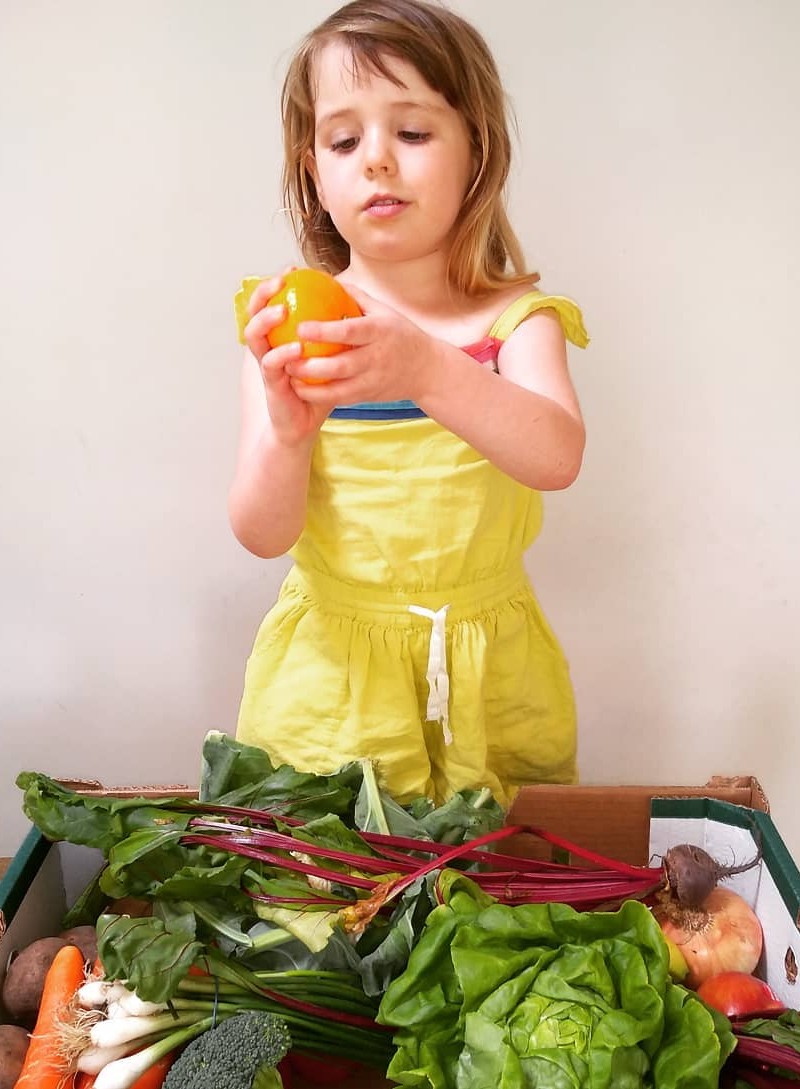
15. Gone back to buying a veg box
I just moved back to the sticks after ten years in London where there were zero farms. I now live back in Lincolnshire, where we are surrounded by farms. I went back to buying a veg box from a local farm like I used to. Veg, salad and fruit with zero plastic and it’s loads fresher because most of it’s grown up the road. We used Parsnips and Pears, but you can search for a farm which is local to you.
16. Got a smart meter
Keeping tabs on electricity / gas use actually makes you use less energy and it keeps bills down. We are actually using less energy in a four bed house, than we were in our two bed flat. Everyone’s a winner! We have also changed to LED bulbs which reduces the amount of power needed for lighting.
17. Glass jars and bottles for food
Buying marmite/peanut butter/ketchup/honey/chilli sauce/olive oil etc etc in glass jars and bottles rather than those plastic squeezy bottles which are everywhere these days. Butter in a foiled paper wrapper creates less waste than butter in a plastic tub. Fizzy drinks / tonic water from glass bottles or cans.
18. Composting!
This depends where you are and on the size of the garden. There was not much point in having a compost heap when we were in London with a tiny garden but now I have a little bin with a sealed lid on the kitchen worktop. Veg peelings, tops and tails, leftover fruit and veg, fruit peels and cores, egg shells, dead flowers and even cardboard can be chucked in then added to the compost heap at the bottom of the garden. Maybe I’ll grow some veg with the compost next year but in the meantime it can be dug into the flower beds and tubs. Compost bins are also taken away by most local councils if you don’t have a heap/garden.
19. Grow wildflowers
You can even create your own meadow – all you have to do is stop mowing. Bee friendly! We stopped mowing part of the lawn and just let the wildflowers and grasses grow. It plays havoc with my hayfever but it creates a place where insects – especially bees can thrive and it looks beautiful. You can get seed-bombs which just chuck a load of wildflower seeds in your garden if you’re not sure where to start.
20. Oh my gosh, look at that butt
If you have a drainpipe you can have a water butt which means you can use rainwater rather than water from the mains to water the plants/baskets and even fill a bucket for the kids to play with, saving money and resources. While we are on the subject of water, if you live in an older house where the toilets have large cisterns, you can reduce the amount of water you use per flush by putting a full plastic bottle in the cistern.
21. Eat less meat
I’m working on this one! I’m not a massive meat eater – I’m a former veggie who would happily give it up. But my husband is a big meat eater and my children eat meat too. We have Quorn/veggie dinners a couple of nights a week but the Quorn comes in plastic packaging. Agh.
22. Stop flying
Since having kids, I have found that the last place on earth that I want to be with them, is on a plane. I haven’t flown for 7 years. It’s likely to be a few more years before I fly anywhere as I cannot afford it, nor do I wish to be in a confined space with two human dynamos.
23. Reuse plastic bags/packaging
I remember my grandparents reusing everything – notes were written on used envelopes, they were even reused to send mail. At my gaff, plastic bags from loaves of bread/frozen peas/quorn sausages etc are used for clearing out the cat litter, picking up bird poo/lining the compost bin (although it can’t go on the compost heap unless it’s biodegradable). If you are lucky enough to receive a parcel from me in the post it will come in a pre-loved jiffy bag. You’re welcome.
24. Stop buying cleaning products
It’s easy to have a cupboard full of trigger packs of window cleaner, bathroom cleaner, kitchen cleaner, toilet cleaner, surface cleaner. But they all do more or less the same thing. Fill up the window cleaner with vinegar and water. Everything else can be cleaned with diluted disinfectant which you can decant into those empty trigger packs (please do wash them first, nobody wants a chemical explosion). I bought Zoflora thinking it still came in a glass bottle but it’s in plastic. Still, one bottle with no trigger is better than five with. You can even go another step further and make your own environmentally cleaning products
25. Swerve the party bag tat
Who knew it cost so much money to fill up a plastic bag with cheap tat? But it is really expensive and you are basically giving disposable plastic toys to your friends. Because we all know they end up in the bin, broken and/or unloved. I buy a load of books from The Book People, where you can get packs of ten books for not much more than a tenner. Everyone gets to choose a new book, zero packaging and chances are, it’ll still be read by a kid somewhere in five years’ time. Packets of seeds also make for a fun, plastic-free, insect-friendly activity.
There is so much more to do – I find non-recyclable food packaging is still everywhere on everything I buy. But I’m trying to opt for stuff which comes in cardboard, tins and glass wherever possible as they are more easily recycled, and are less likely to be shipped off to pollute a poorer nation.
But I’m pleased with how far we have come: I have two pedal bins in the kitchen and it now takes more than a week to fill the waste bin and almost a week to fill the recycling bin. The wheelie bins are emptied once a fortnight and are still two thirds empty by bin day. It’s amazing what a difference these tiny acts can make, but we can still do better.
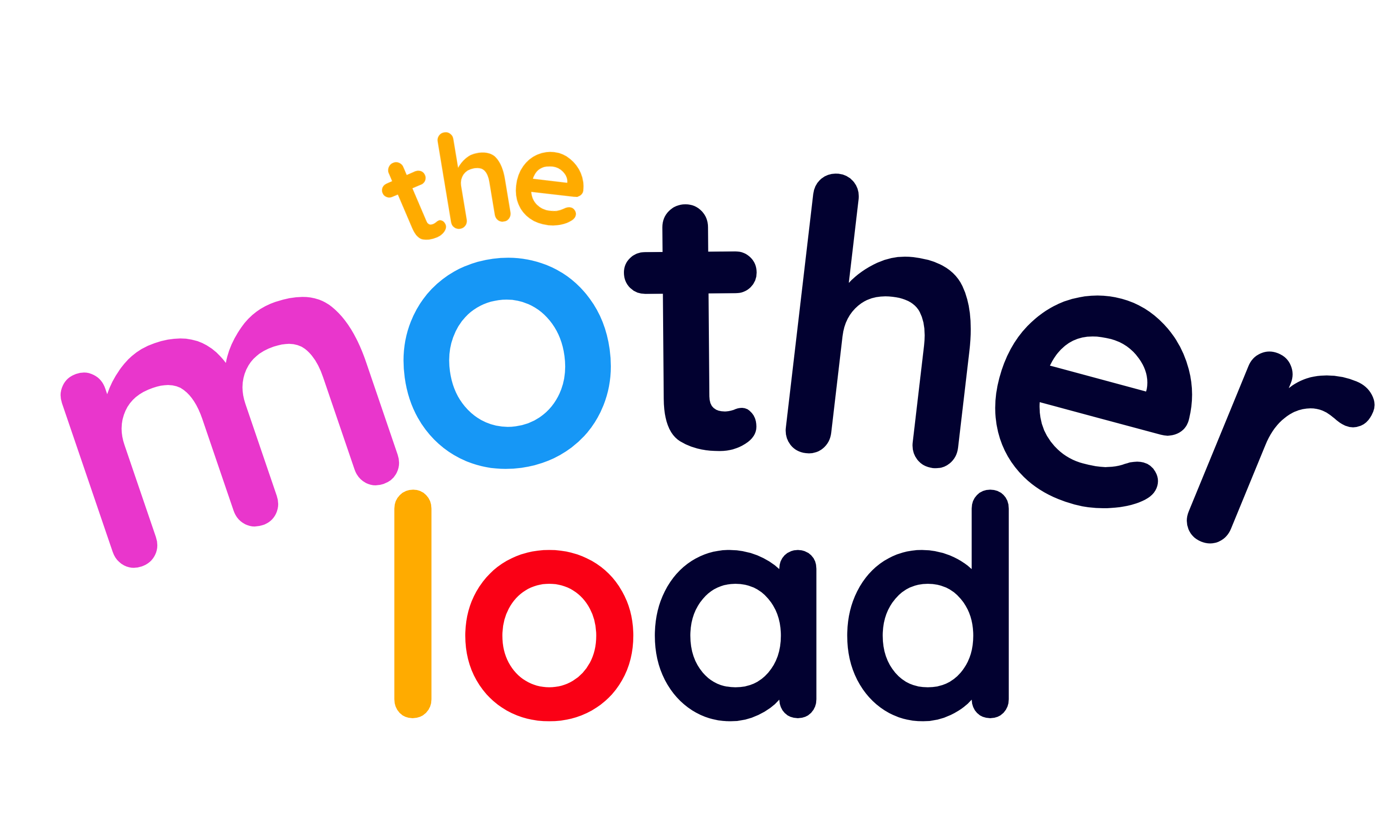
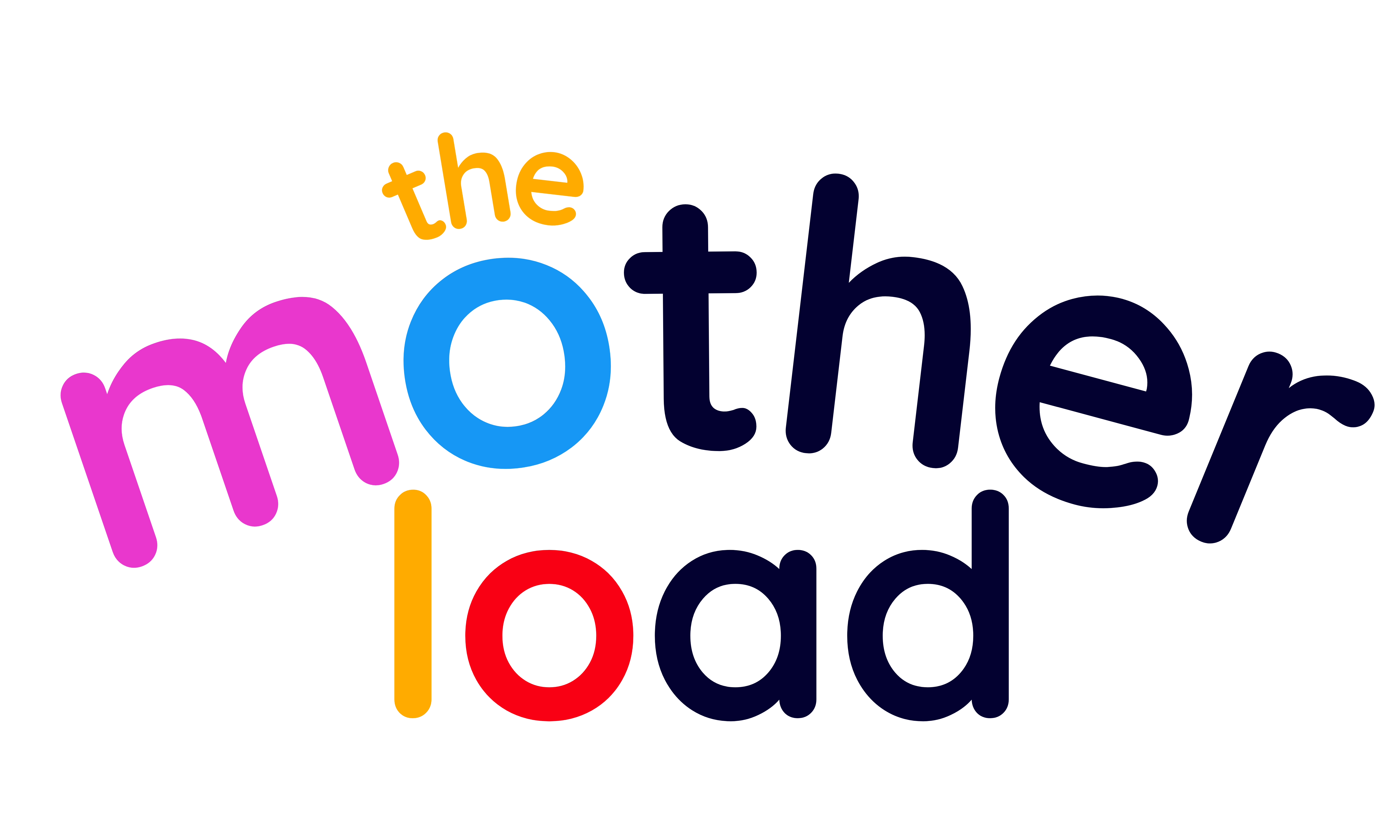
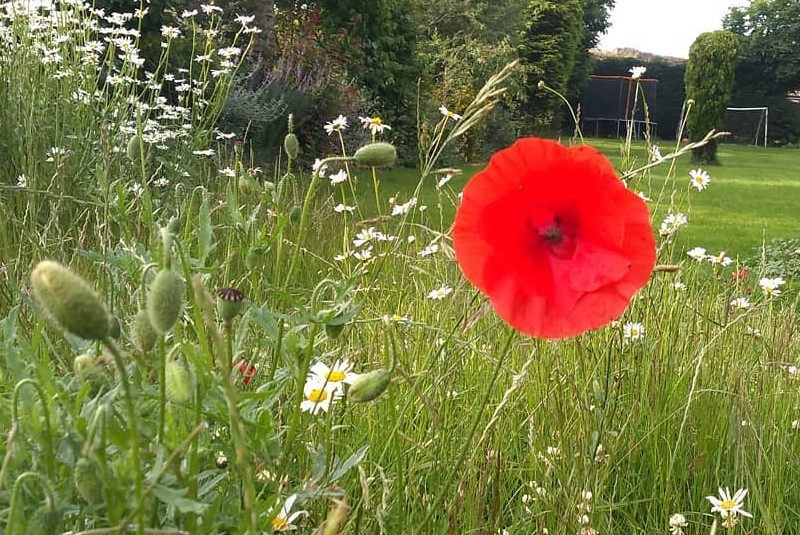
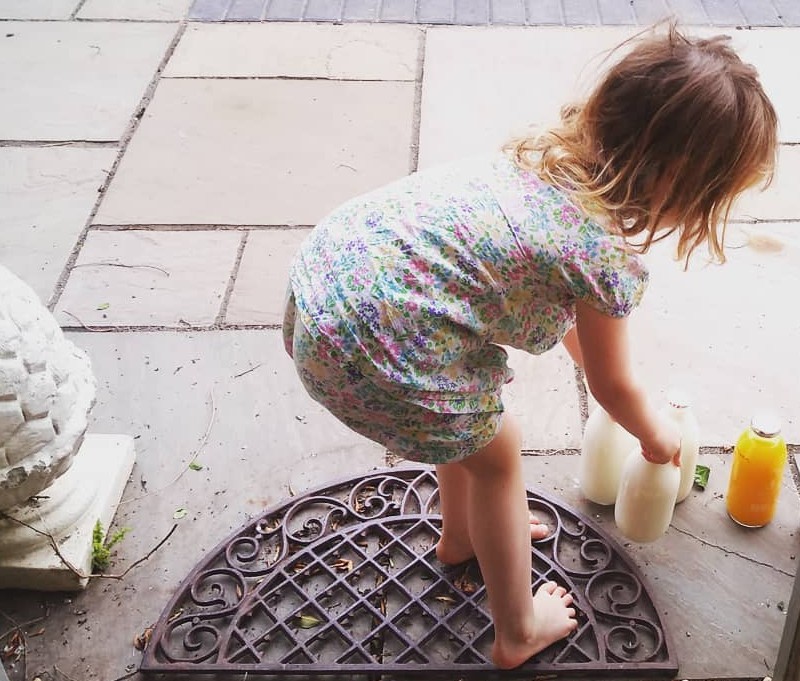
No comments yet. Be the first one to leave a thought.